The Great Dames: They ruled the roost, called the shots, and played the long game
- Oops!Something went wrong.Please try again later.
- Oops!Something went wrong.Please try again later.
- Oops!Something went wrong.Please try again later.
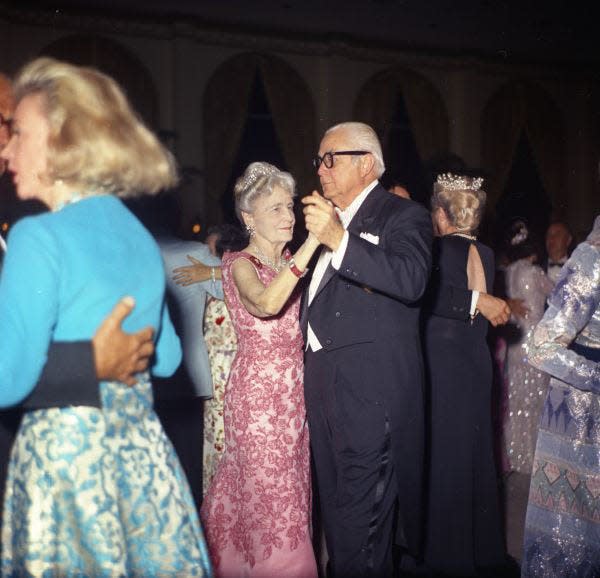
Palm Beach is tough to categorize. It’s a winter resort with a year-round population; it’s a small town with big-city sophistication. It holds a Mayberry-ish town meeting to choose candidates for Town Council seats held by royalty, diplomats, business tycoons and socialites.
Its men, who chased riches and power elsewhere, move to Palm Beach and chase golf balls and the occasional nanny.
And its women? Well, they’re more Cleopatra than June Cleaver. They’re all memorable, especially the ones from what many consider to be Palm Beach's Golden Age of the 1940s, '50s and '60s.
For this On The Town issue, we dug into our archives — "archives'' meaning "plastic dollar store baskets stuffed with junk" — and resurrected a story that first appeared in the Shiny Sheet's special edition celebrating the town's centennial.
A 1920s sensation: El Mirasol changed the island's lifestyle
Women of Will: Five legendary Palm Beach hostesses
Memory Lane: Marjorie Merriweather Post loved to dance
The five women profiled were known for having a social presence as remarkable as their own personalities and personal histories. In their day, Eva Cromwell Stotesbury, Consuelo Vanderbilt Balsan, Mona Williams Bismarck, Marjorie Merriweather Post and Anita O’Keeffe Young were scrutinized, emulated, discussed — and not always kindly. Yet their invitations were prized.
They all had impeccable timing and what noted author Stephen Birmingham called “a sense of personal theater.” And they were either smart, beautiful, rich or lucky — or some combination of all four.
They were intuitive, able to recognize an opportunity and know how and when to act on it. Had they been of the opposite sex, they would have been described not as opportunistic, but as “visionary.”
And, more importantly, they’re all dead, which means that they won’t be sending us nasty emails after this story appears.
We hope.
Eva Cromwell Stotesbury, 1865-1946
Known as: A stunning gray-eyed beauty with an independent nature rare for a woman of her era. She defied her powerful father to marry her first husband, who was the son of her father’s sworn enemy. As a bride in New York City, she was taken under the wing of society commandant Caroline Schermerhorn Astor and learned from her example to run a household, entertain and navigate old-money society.
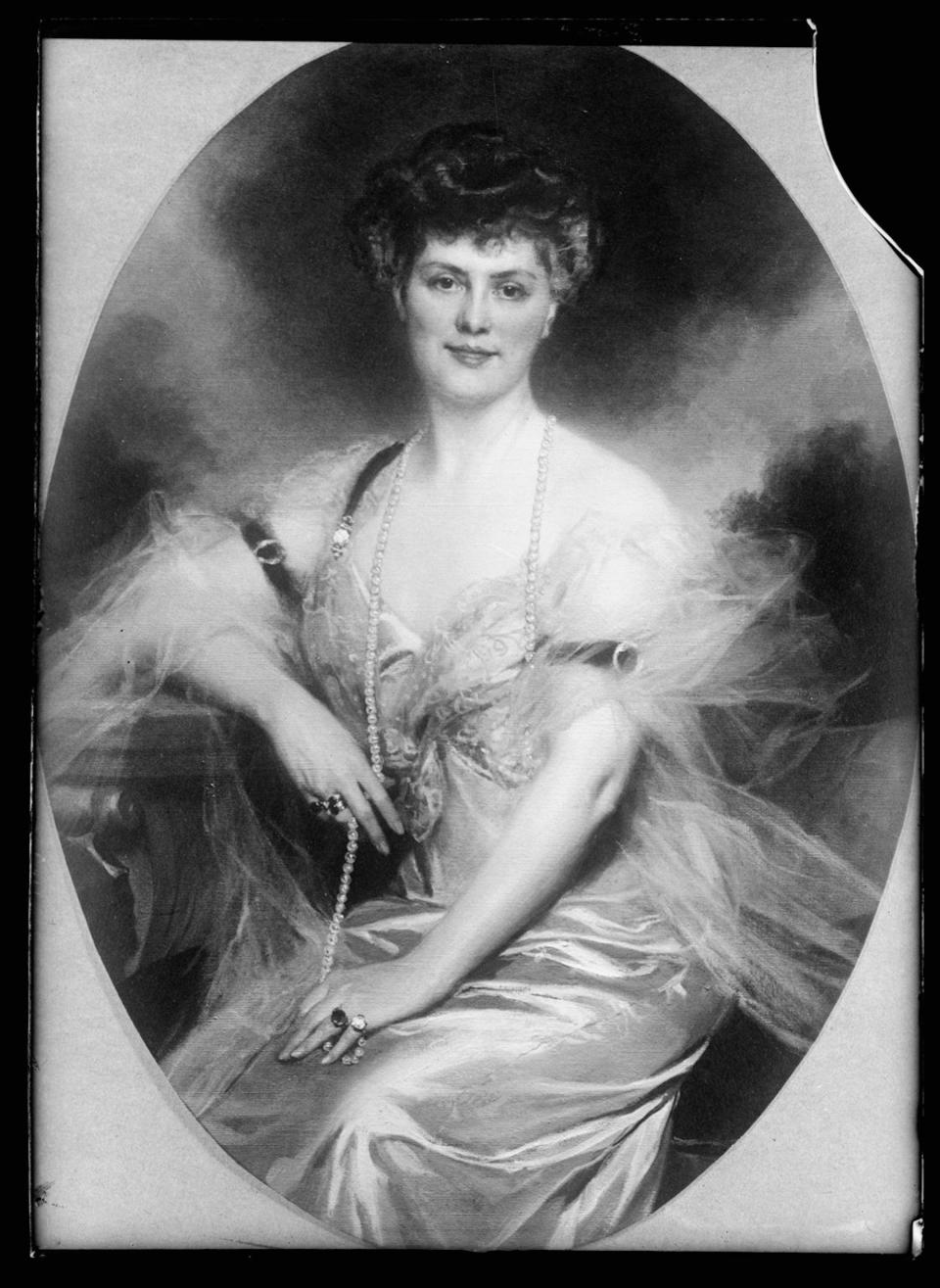
Homes: A country manor in suburban Philadelphia, a home in Bar Harbor and El Mirasol (The Sunflower) in Palm Beach, where Eva entertained in the style of her mentor, Mrs. Astor. Her husband’s birthday parties at the Addison Mizner-designed estate were especially memorable, with the guest list often topping out at 1,200 and featuring her husband, who had been a drummer boy in the Civil War, playing the drums and singing.
Gossip (likely true): Eva harbored a smoldering hatred toward her daughter-in-law Doris Duke, whom she suspected — correctly, as it turned out — of cuckolding Eva’s son, James.
Gossip (likely untrue): In an ultimately successful scheme to end her son’s political ambitions, which was the only thing holding together his tenuous marriage to Duke, Eva leaked to the media that Duke was pregnant with another man’s child.
What you probably didn’t know: President William Howard Taft was a guest at her wedding to financier Edward Stotesbury.
Consuelo Vanderbilt Balsan, 1877-1964
Known as: The famously reluctant bride of the Gilded Age who did not go gently into matrimony, although her 1895 wedding to the Duke of Marlborough was, like that of her husband’s distant cousin Diana Spencer to Prince Charles, the media event of a generation. The New York Times assigned six reporters to cover every facet of the event at St. Thomas More Church. Her mother, Alva Vanderbilt, was desperate for the prestige Consuelo’s marriage into the peerage would bring. Having brokered the engagement with the aristocratic but ill-humored Sunny Marlborough, Alva held Consuelo prisoner to keep her from eloping with her true love, Winthrop "Win" Rutherfurd.
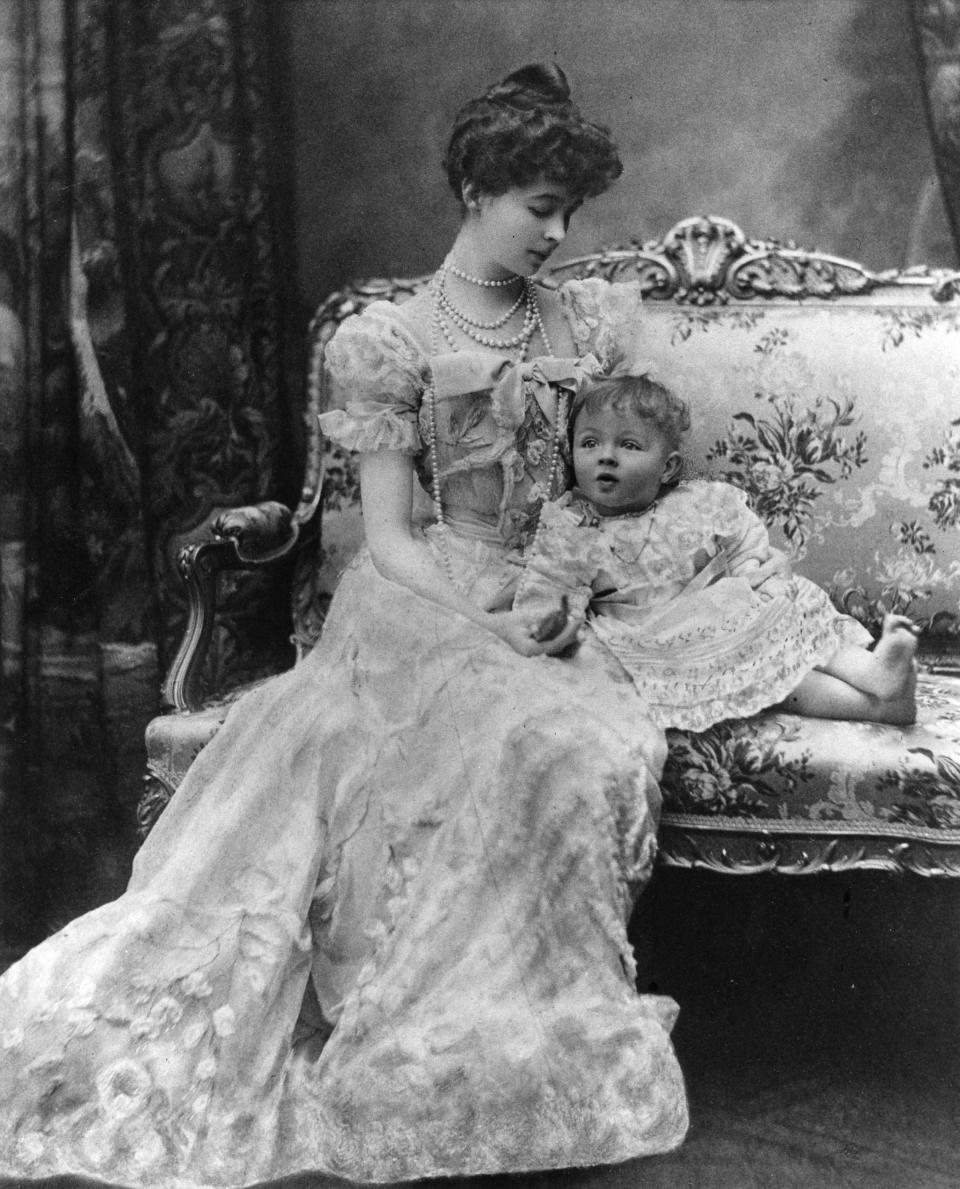
After bearing two sons, spending a goodly chunk of her fortune to rescue Blenheim Palace from ruin and giving Alva the social armor she desired, Consuelo decide to find her own happiness — and divorced the duke in 1921. Shortly afterward, she married French adventurer Jacques Balsan and spent the remaining half of her life blissfully married. After France fell to the Nazis, the couple moved to the United States.
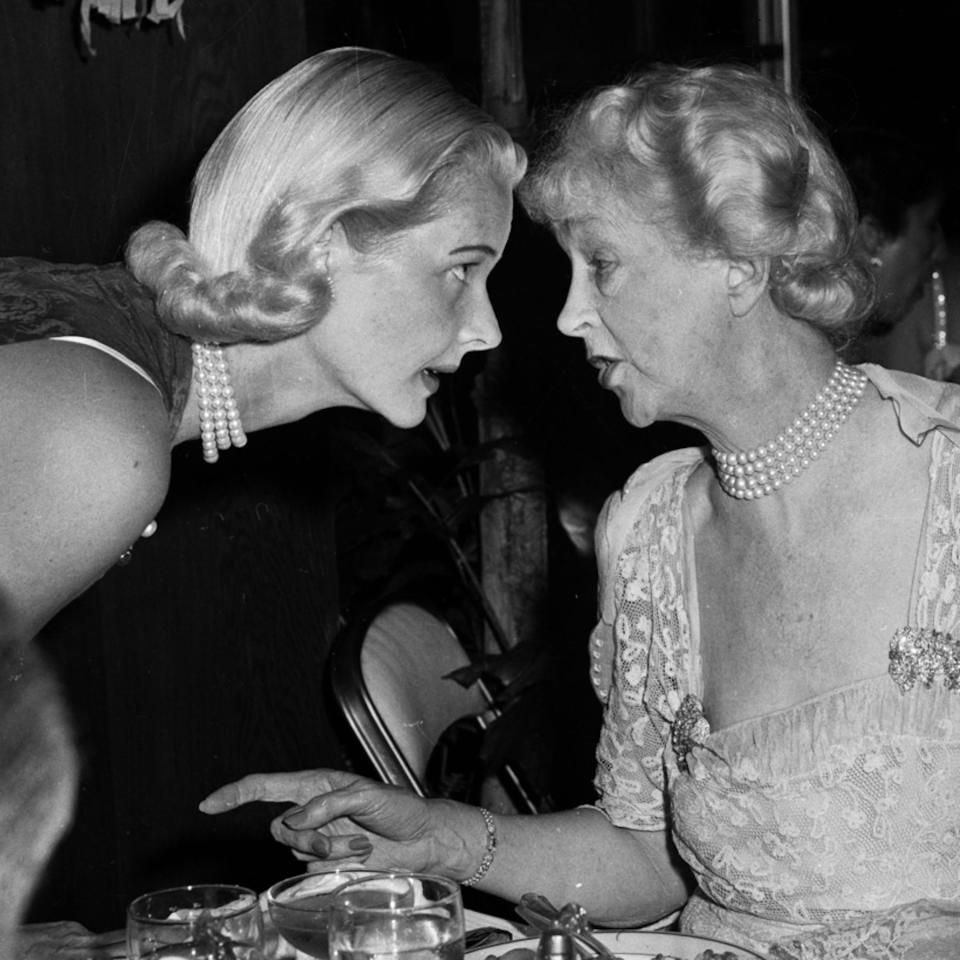
Homes: As duchess, she lived in Blenheim Palace. As Madame Balsan, she had homes in Paris, Monte Carlo, New York, Southampton, Manalapan and finally Palm Beach, in the house that was later owned by the late Dame Celia Lipton Farris. Once free of the Marlboroughs, Consuelo happily threw herself into charity work as well as entertaining guests such as Winston and Clementine Churchill, the Duke of Connaught, Charlie Chaplin, the Maharajah de Kapurthala and Grace Moore.
Gossip (likely true): The bride — who was late arriving to the wedding because she spent the final 20 minutes before the ceremony with her father, crying and begging with him to stop the marriage she didn’t want to a man she didn’t love — wore a wedding gown costing nearly $7,000. In today’s dollars it would be closer to 100 times that amount. The dress was adorned with genuine pearls, threads of spun silver and thick ribbons of live orange blossoms. Her pink-lace corset fastened with solid gold hooks.
Gossip (likely untrue): During the ceremony, the 18-year-old bride wept ceaselessly under her veil.
What you probably didn’t know: Consuelo was the basis for the character Conchita Closson in "The Buccaneers," Edith Wharton’s unfinished novel. In a bit of a literary twist, Consuela’s memoir "The Glitter and the Gold" topped the bestseller list for 20 weeks.
Mona Williams Bismarck, 1897-1983
Known as: A raving beauty whose fairness of face camouflaged a steely, calculating heart. Mona was reportedly the inspiration for the Kate McCloud character in Truman Capote’s 1987 work, "Answered Prayers." Her series of marriages to consecutively richer men honed her skills as a hostess to a level surpassing that of even the Gilded Age queens. Her third husband was Harrison Williams, whose $700 million public-utilities empire made him the richest man in America. After his death in the late 1950s, she married the impoverished and equally calculating Albrecht von Bismarck-Schonhausen, a grandson of Otto von Bismarck.
Homes: New York, Long Island, Palm Beach and Capri (a villa built on land once owned by Caesar Augustus) plus a 400-foot yacht, Warrior.
Gossip (likely true): During her divorce from her first husband, Henry J. Schlesinger, she agreed to leave her toddler son behind in exchange for half a million dollars.
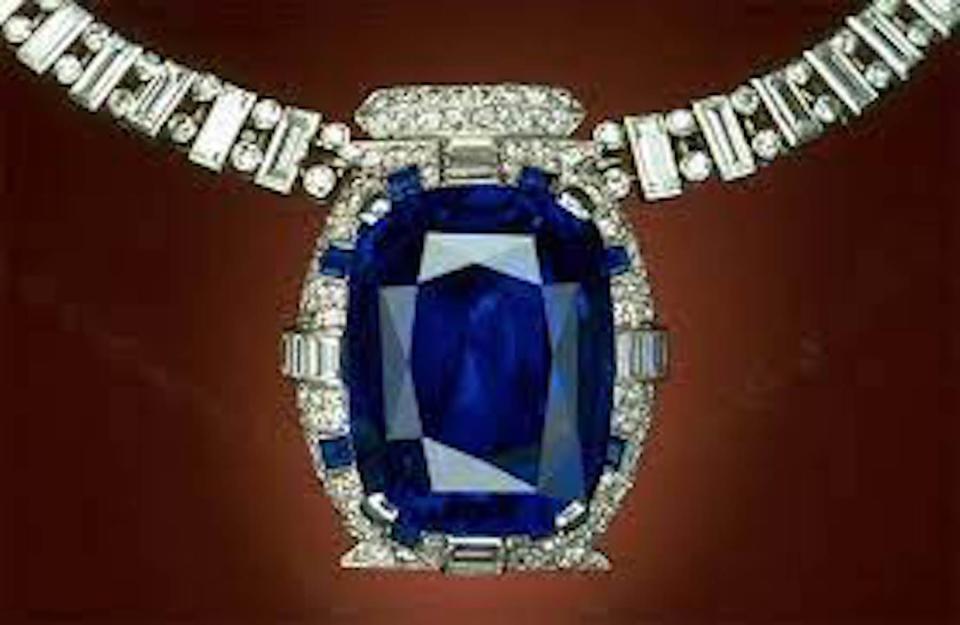
Gossip (likely untrue): Mona snared the widower Williams’ heart after first luring him away from her best friend, Laura Merriam Curtis, to whom he was engaged.
What you probably didn’t know: Her sapphire necklace, highlighted by a 98.6-carat cornflower blue Sri Lankan sapphire, is now part of the Smithsonian’s jewelry collection.
Marjorie Merriweather Post, 1887-1973
Known as: The staggeringly rich Midwestern cereal heiress who built the obscenely luxurious Mar-a-Lago and saw no irony at all in donning a gingham dress and square dancing under its gilded ceilings.
After marrying her third husband, who became ambassador to Russia, she entertained like a czarina. Footmen would make sure the tablecloth hung exactly even on all sides of the table — set with dinner service from Russia’s imperial age — and a special 16-inch ruler was used to exactingly measure the spread between place settings. Liveried footmen stood behind each guest and moved in silent precision to clear away courses.
Homes: South Carolina, the Adirondacks, Washington, D.C., and, in Palm Beach, Hogarcito and Mar-a-Lago.
More: Memorial for Mar-a-Lago builder Marjorie Merriweather Post returns to Southern Boulevard
Gossip (likely true): Shortly after her mother died, her father married the nanny, whom Marjorie despised, and she rushed into marriage with Edward Close to escape the situation.
Gossip (likely untrue): When Harry Thaw — the man who killed architect Stanford White in 1906 — first visited the elaborately appointed Mediterranean-Moorish-Venetian house called Mar-a-Lago, he turned to a friend and said: “My God, I shot the wrong architect.”
What you probably didn’t know: Her fourth husband, Herbert May, was Emilia Fanjul's grandfather.
Anita O’Keeffe Young, 1891-1985
Known as: The sister of artist Georgia O’Keeffe and the widow of Robert R. Young, the New York Railroad magnate. The slightly dark and withdrawn personality she exhibited in her later years was the logical result of multiple tragedies. The Youngs’ only child, a pretty brunette named Eleanor — but nicknamed Cookie — was one of the glamour debs of the Depression era. At 21, Cookie eloped with Robert Ogden (“Bunty”) Bacon — a handsome, tanned, tennis-playing rogue loathed by Anita and R.R. — and broke her parents’ hearts.
The marriage was short-lived. A few years later, Cookie died in the crash of a Fairchild Model 24 monoplane piloted by her new boyfriend, Greek shipping heir Nicky Embiricos, whom she planned to marry as soon as he legally extricated himself from the wife and young child he’d left behind in Palm Beach.
Only Nicky, Cookie and Cookie’s dog were in the plane when it crashed into the waters of the Atlantic Ocean shortly after taking off from Newport. When pulled from the floating wreckage, Nicky and Cookie were barely alive. He died on the beach during lifesaving efforts; Cookie died a few hours later at a local hospital. Later, R.R., facing financial ruin when his plans for expanding the New York Railroad went awry, died by suicide in his Palm Beach home.

Homes: Newport, New York and, in Palm Beach, a Mizner-designed home in the North End called The Towers, where she hosted the Duke and Duchess of Windsor (whom she shorthanded as “the DDW” in her household notes), Jacqueline and John F. Kennedy, Douglas Fairbanks Jr. and the Maharani of Jaipur. After her husband died of a self-inflicted gunshot wound, she razed the house and replaced it with Montsorrel, today owned by Nelson Peltz.
Gossip (likely true): Reputedly a stern task-mistress, Anita’s demands during the construction of Montsorrel caused the contractor to kill himself.
Gossip (likely untrue): Young’s choice of Montsorrel as a name for her second Palm Beach home was a reference to her personal sadness and translates to “Mountain of Sorrow.” A more likely, although less histrionic translation, is probably “Grassy Hill.”
What you probably didn’t know: The floors in the home are inlaid with priceless parquet de Versailles from the 1600s.
Entertaining Women: Three other notable Palm Beach hostesses
Mary Sanford
Confident and secure, Mary Sanford was as happy playing golf with her chauffeur on the Par 3 as she was lunching at the Everglades Club with Rose Kennedy. She entertained at her homes in Palm Beach, Saratoga Springs and Manhattan easily and often. Her favorite way to decorate a table was to fill husband Laddie’s silver polo trophies with roses. As chairwoman of The Cancer Ball, she would ask only the most socially prominent people to serve as committee members. None ever refused. She died in 1993 at age 98.
C.Z. Guest
With the exception of gardening, C.Z. Guest was somewhat dismissive of the domestic arts, yet managed to become one of society’s most accomplished and relaxed hostesses. Her dinner table often included Doris Duke, Babe Paley and even the Duke and Duchess of Windsor. The royal pair, apparently, found things quite to their satisfaction — they agreed to be godparents to C.Z. and Winston’s children. She died in 2003 at age 83.
Estée Lauder
Estée and Joseph entertained rather tentatively, mostly at The Colony, when they first came to Palm Beach, but once the couple became established and bought their oceanfront home, the Lauders moved easily between “the clubs.” They always had a world-class chef on staff and their parties became a sought-after invitation. Their son, Leonard, and his wife, Judith, today live in the home. Estée Lauder died in 2004 at age 96.
This article originally appeared on Palm Beach Daily News: In Palm Beach, men ruled the tee, but these five ruled everything else

